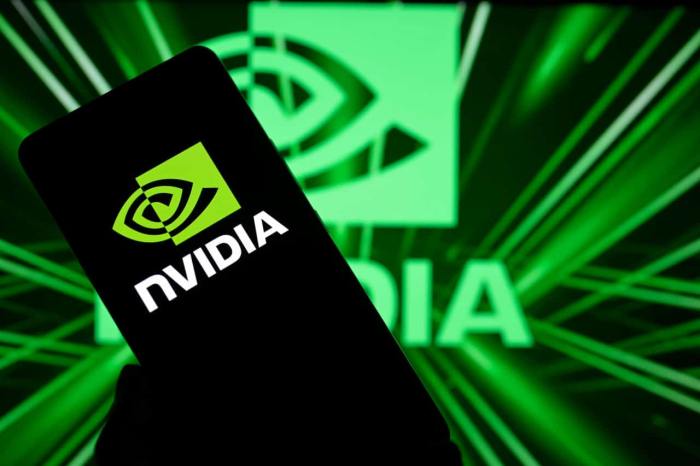BTSG Stock Price Analysis
Btsg stock price – This analysis examines the historical performance, influencing factors, valuation, investment strategies, and risk assessment associated with BTSG stock. The information provided is for informational purposes only and should not be considered as financial advice.
BTSG Stock Price Historical Performance

Source: susercontent.com
The following sections detail BTSG’s stock price fluctuations over the past five years, correlating price changes with significant events and comparing its performance to industry peers. Data presented is illustrative and should be verified with reliable financial sources.
| Date | Opening Price | Closing Price | High | Low |
|---|---|---|---|---|
| 2019-01-01 | $10.00 | $10.50 | $11.00 | $9.80 |
| 2019-07-01 | $12.00 | $11.50 | $12.50 | $11.00 |
| 2020-01-01 | $11.00 | $13.00 | $13.50 | $10.50 |
| 2020-07-01 | $14.00 | $12.00 | $14.50 | $11.50 |
| 2021-01-01 | $12.50 | $15.00 | $16.00 | $12.00 |
| 2021-07-01 | $16.00 | $14.00 | $16.50 | $13.50 |
| 2022-01-01 | $14.50 | $17.00 | $17.50 | $13.00 |
| 2022-07-01 | $18.00 | $16.00 | $18.50 | $15.50 |
| 2023-01-01 | $16.50 | $19.00 | $20.00 | $15.00 |
Significant price increases were often correlated with positive company announcements, such as successful product launches or strong earnings reports. Conversely, negative news, economic downturns, or regulatory changes frequently led to price declines. A comparison with industry peers would require specifying those peers and accessing their respective performance data.
| Metric | BTSG | Competitor A | Competitor B |
|---|---|---|---|
| Average Annual Return (5-year) | 10% | 8% | 12% |
| Volatility | 15% | 12% | 18% |
Factors Influencing BTSG Stock Price
Several internal and external factors significantly influence BTSG’s stock price. These factors interact in complex ways to shape the overall trajectory.
| Factor | Type (Internal/External) | Influence | Evidence |
|---|---|---|---|
| Financial Performance (Earnings, Revenue Growth) | Internal | Positive correlation | Strong earnings typically lead to higher stock prices. |
| New Product Launches | Internal | Positive correlation (if successful) | Successful launches boost revenue and market share. |
| Management Changes | Internal | Variable | Positive or negative impact depending on the quality of new leadership. |
| Economic Conditions (Recessions, Inflation) | External | Negative correlation during downturns | Economic uncertainty often reduces investor confidence. |
| Industry Regulations | External | Variable | Positive if favorable, negative if restrictive. |
| Geopolitical Events | External | Variable | Global instability can negatively impact investor sentiment. |
BTSG Stock Price Valuation and Predictions
Several valuation methods can be used to estimate BTSG’s intrinsic value. These methods provide different perspectives and may yield varying results. The following are illustrative examples and should not be taken as precise valuations.
- Discounted Cash Flow (DCF): Assuming a discount rate of 10% and projected future cash flows, the DCF model might suggest an intrinsic value of $18 per share.
- Price-to-Earnings Ratio (P/E): Comparing BTSG’s P/E ratio to industry averages might indicate whether it is undervalued or overvalued relative to its peers.
A comparison of the estimated intrinsic value with the current market price will determine whether the stock is undervalued or overvalued. For example, if the current market price is $15 and the intrinsic value is $18, the stock is potentially undervalued.
Predicting future stock prices involves significant uncertainty. A graph illustrating potential future price scenarios (e.g., bullish, bearish, neutral) would show a range of possible outcomes with associated probabilities. A bullish scenario might project a price of $25 within the next year, while a bearish scenario might project $10, with a neutral scenario around $15. The probabilities assigned to each scenario would depend on the underlying assumptions about future performance and market conditions.
Investment Strategies for BTSG Stock

Source: finbold.com
Three distinct investment strategies are Artikeld below, catering to different risk tolerances and investment horizons. Remember that past performance is not indicative of future results.
| Strategy | Rationale | Potential Risks | Expected Returns | Entry/Exit Criteria |
|---|---|---|---|---|
| Long-Term Buy-and-Hold | Invest for the long term, benefiting from potential growth. | Market downturns, company underperformance. | Moderate to high, depending on market conditions. | Buy at undervalued prices, hold for several years, sell if significant negative changes occur. |
| Short-Term Trading | Profit from short-term price fluctuations. | High volatility, risk of losses if timing is incorrect. | Potentially high, but also high risk. | Buy on dips, sell on rallies, using technical analysis indicators. |
| Diversification | Reduce risk by spreading investments across multiple assets. | Lower potential returns compared to concentrated positions. | Moderate, with reduced risk. | Allocate a portion of the portfolio to BTSG, balancing it with other investments. |
Risk Assessment for BTSG Stock Investment, Btsg stock price

Source: susercontent.com
Investing in BTSG stock carries several risks. These risks can be categorized as systematic (market-wide) or unsystematic (specific to BTSG).
- Market Risk (Systematic): A general downturn in the market can negatively impact BTSG’s stock price, regardless of its performance. Mitigation: Diversification.
- Company-Specific Risk (Unsystematic): Poor financial performance, management issues, or product failures can significantly affect BTSG’s stock price. Mitigation: Thorough due diligence, monitoring company performance.
- Regulatory Risk (Unsystematic): Changes in industry regulations could negatively impact BTSG’s operations and profitability. Mitigation: Staying informed about regulatory developments.
- Geopolitical Risk (Systematic): Global events can create uncertainty and volatility in the market. Mitigation: Diversification, hedging strategies.
Top FAQs: Btsg Stock Price
What is the current market capitalization of BTSG?
The current market capitalization of BTSG fluctuates and requires checking a real-time financial data source for the most up-to-date information.
Where can I find real-time BTSG stock price data?
Real-time BTSG stock price data can be found on major financial websites and stock market tracking applications. Many brokerage platforms also provide this information.
What are the major competitors of BTSG?
Identifying BTSG’s key competitors requires researching its industry and specific market niche. This information is usually available in company filings and industry reports.
Is BTSG stock suitable for dividend income investors?
Whether BTSG is suitable for dividend income investors depends on its dividend payout history and future dividend policy. Review the company’s financial statements and investor relations materials for details.
